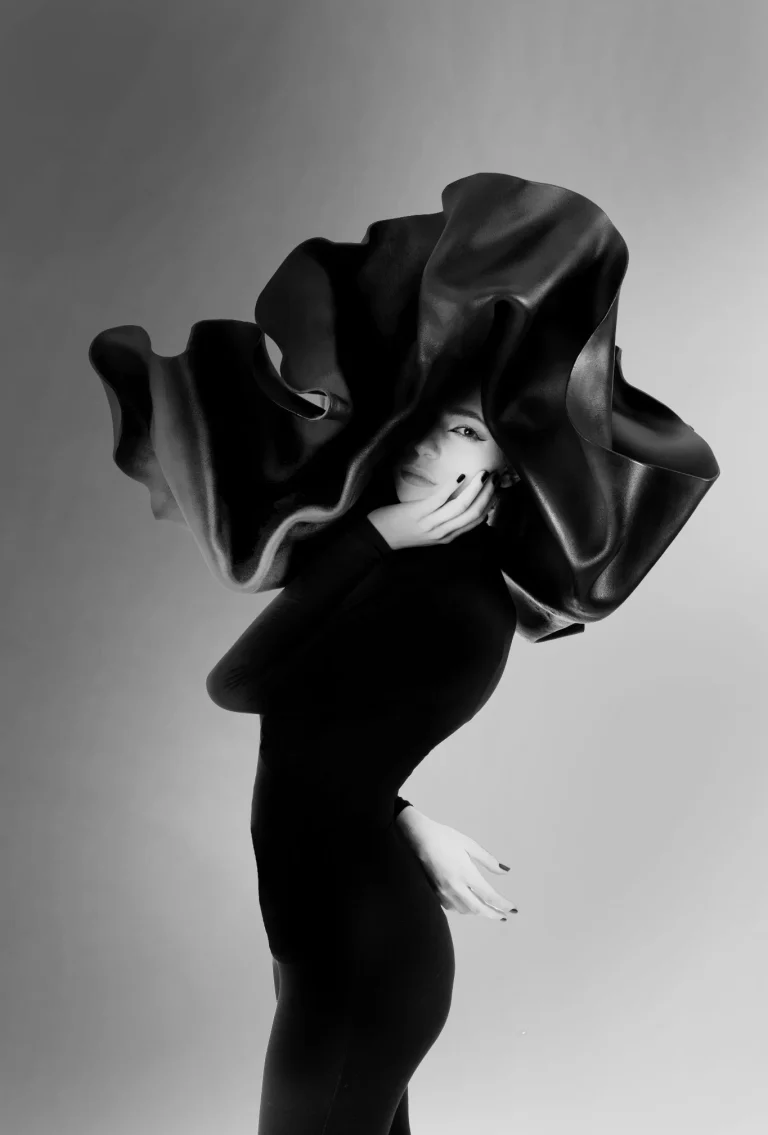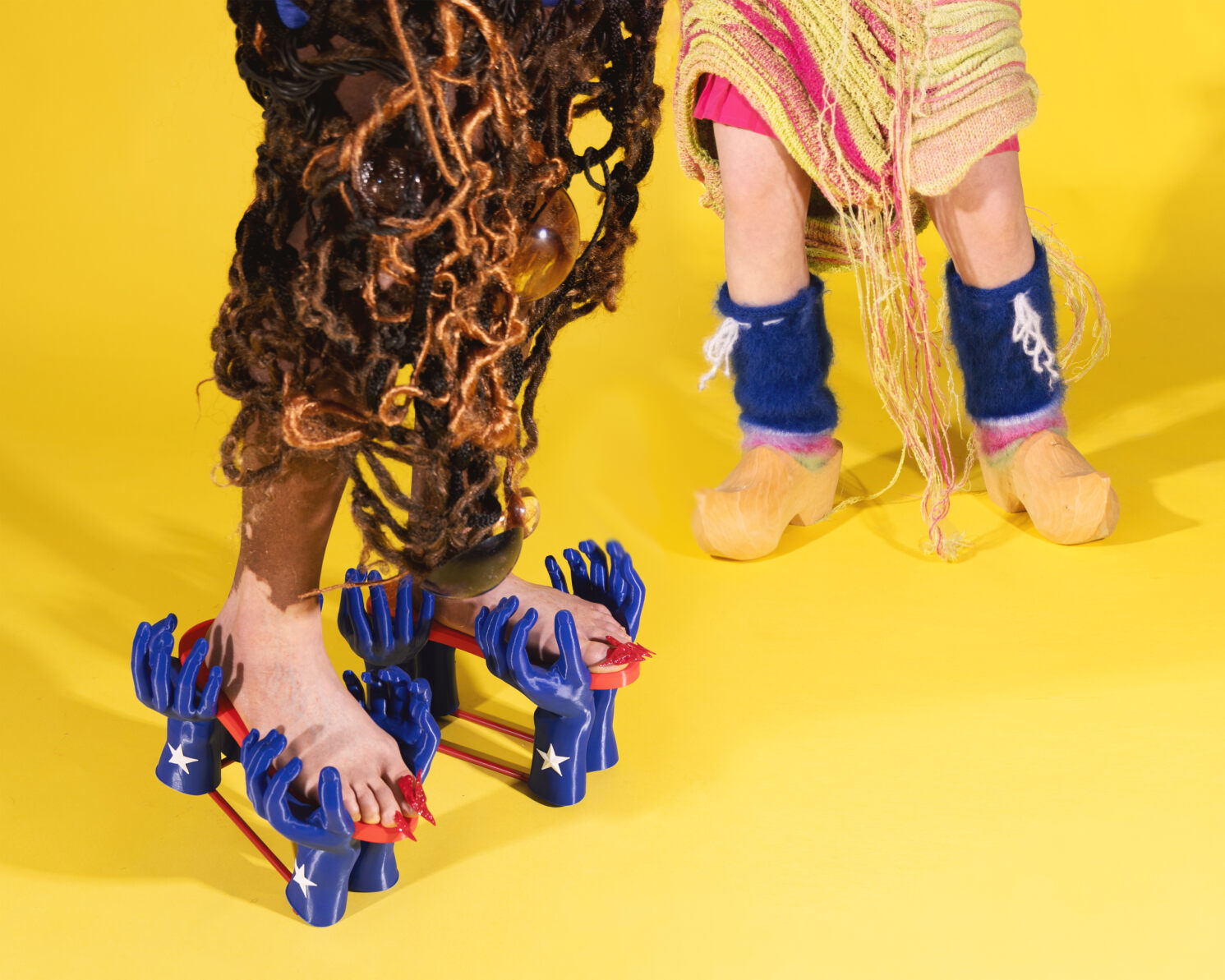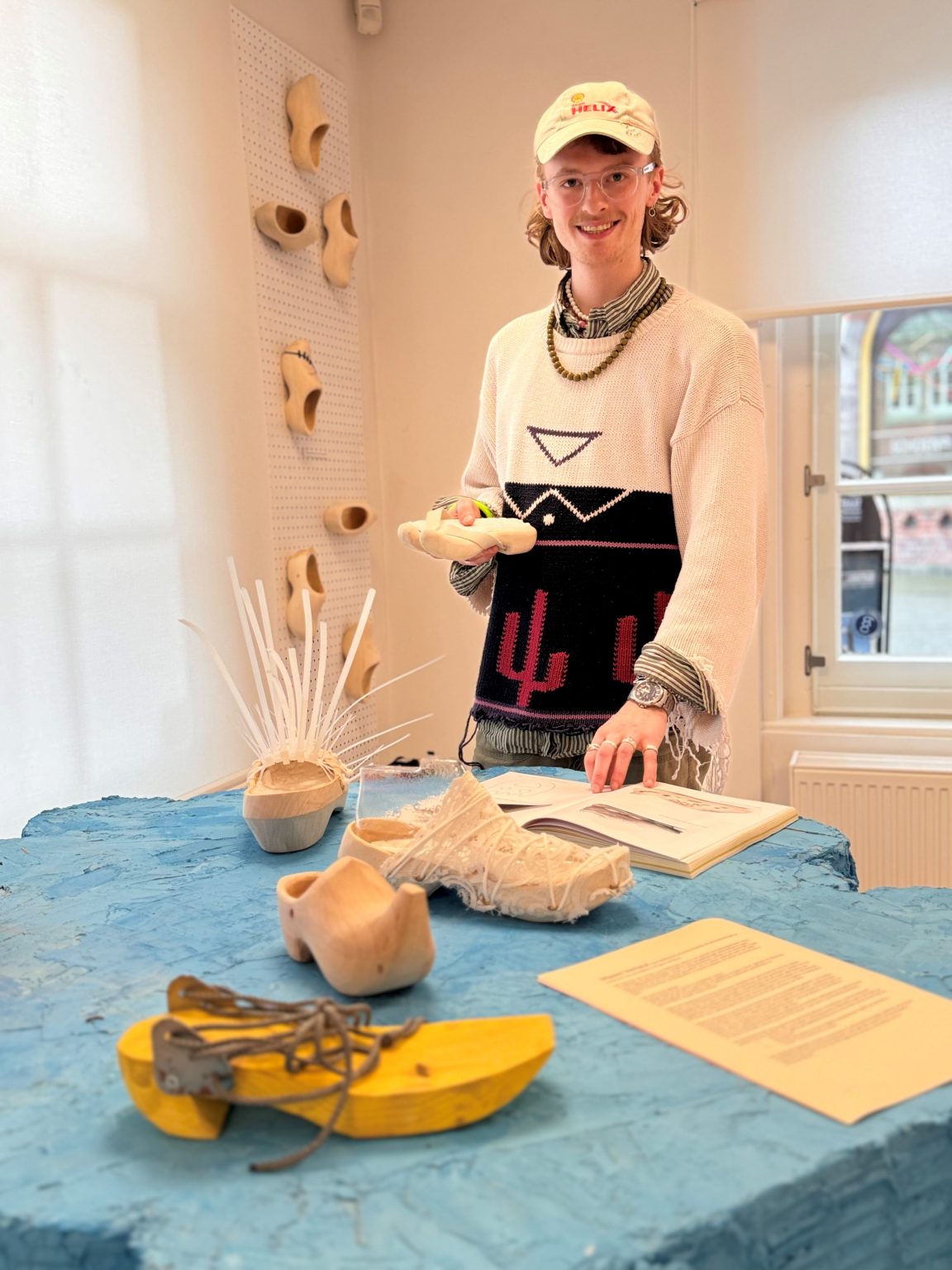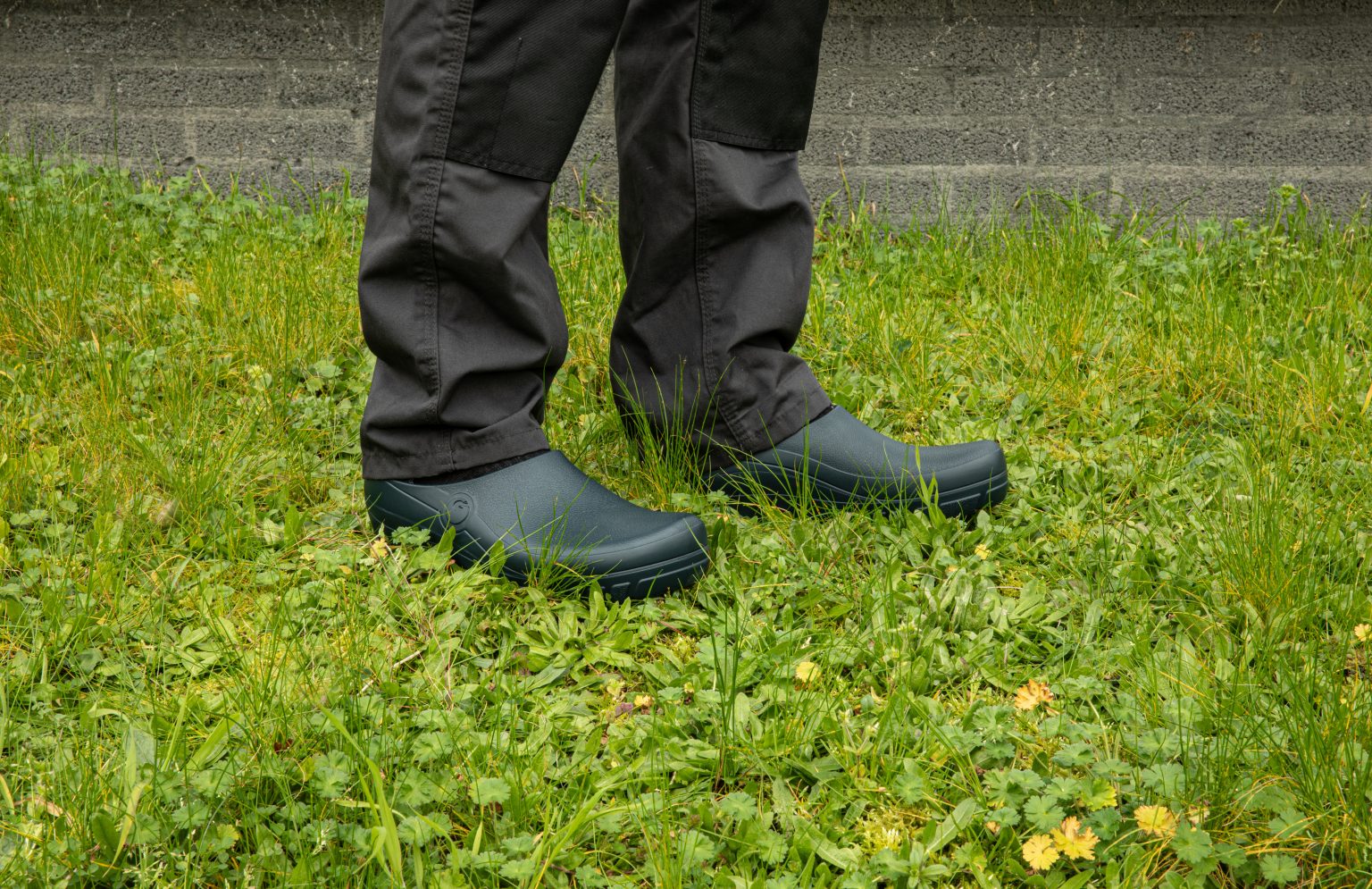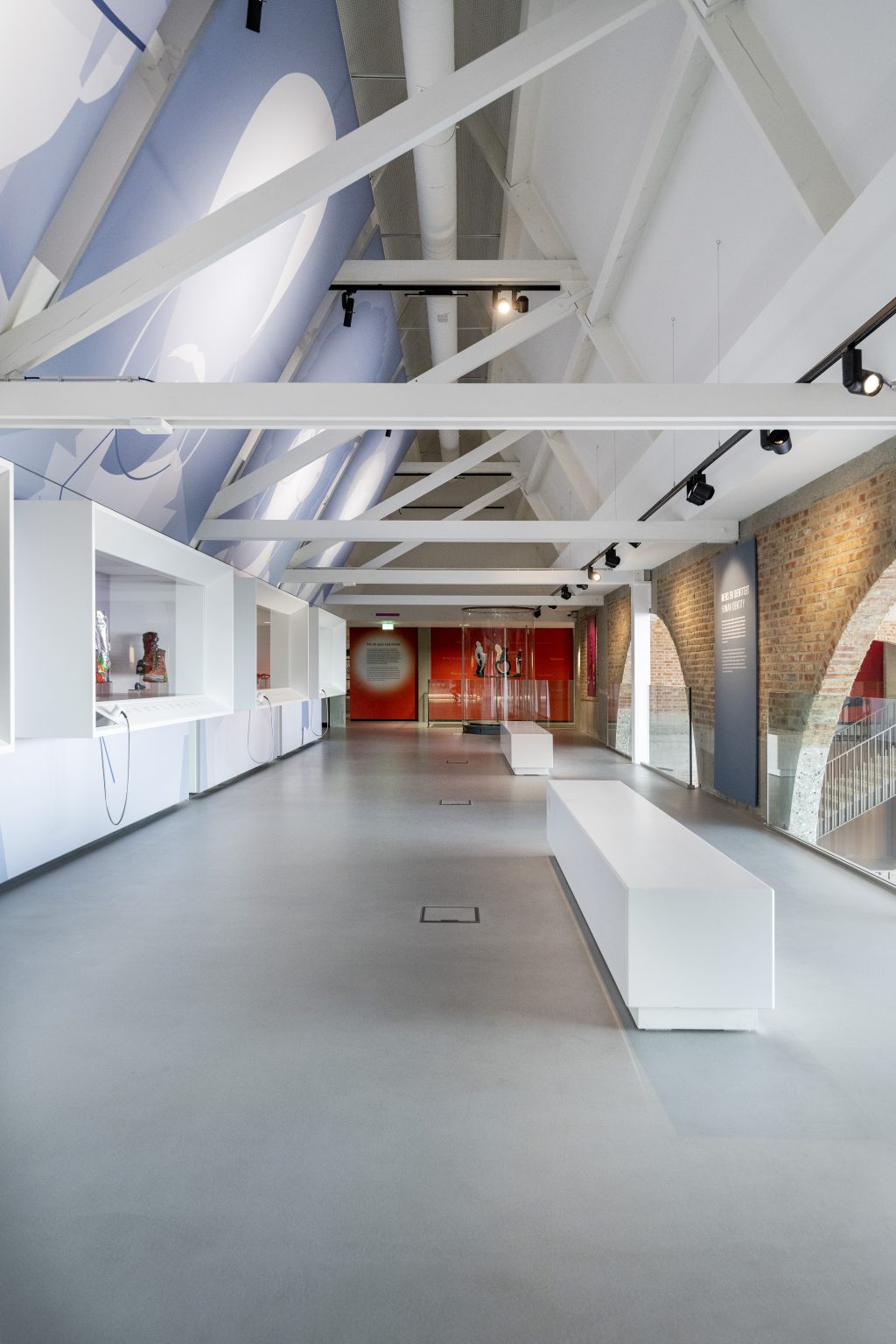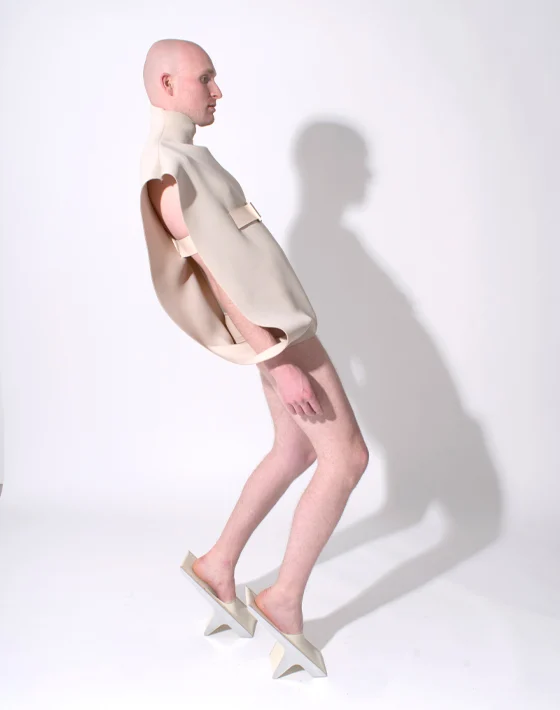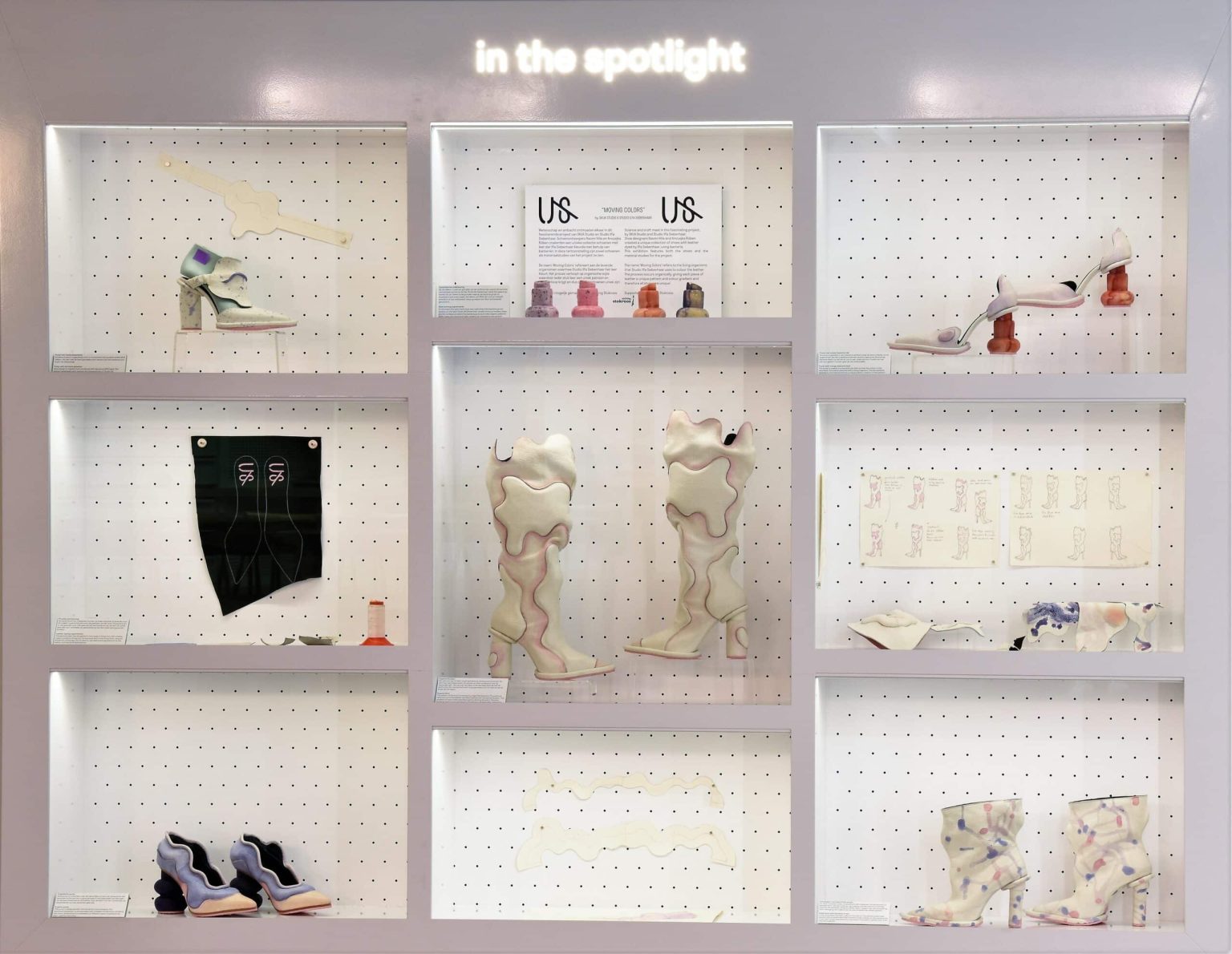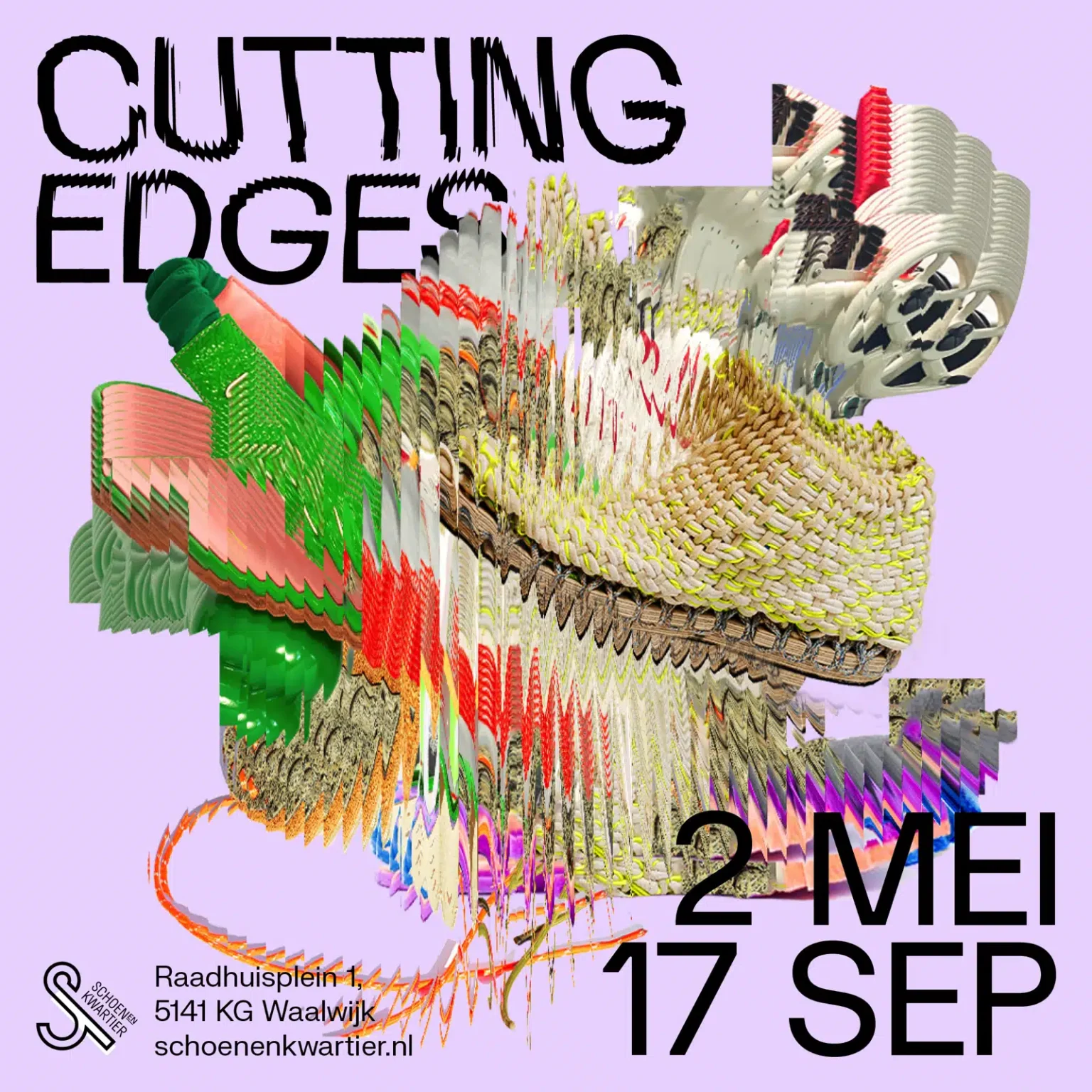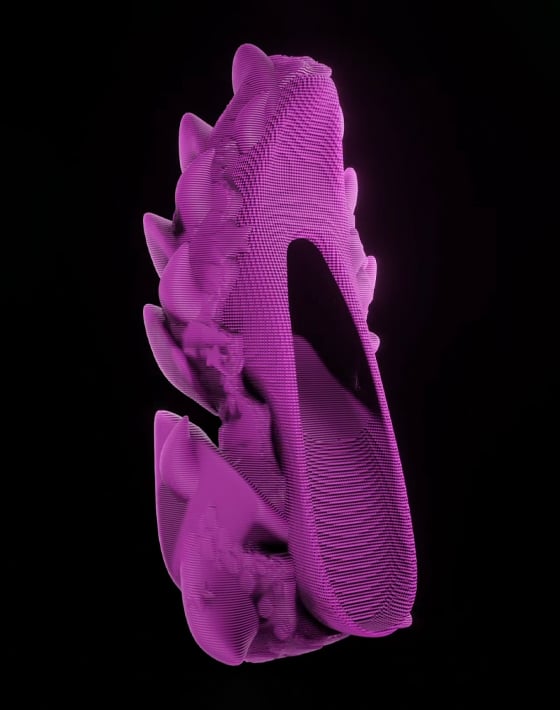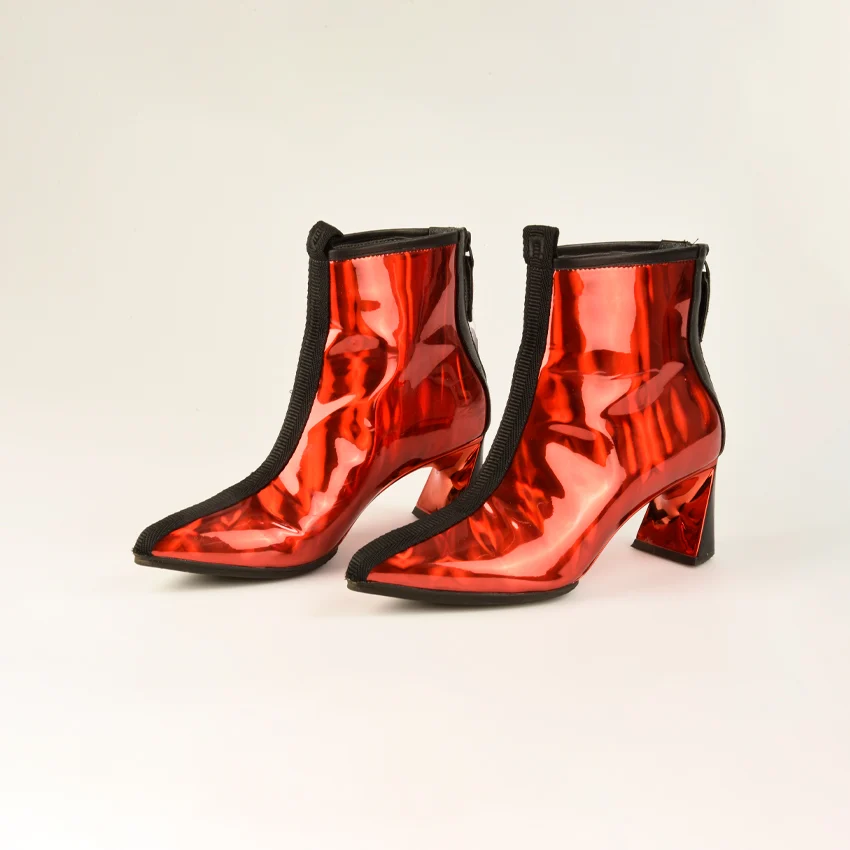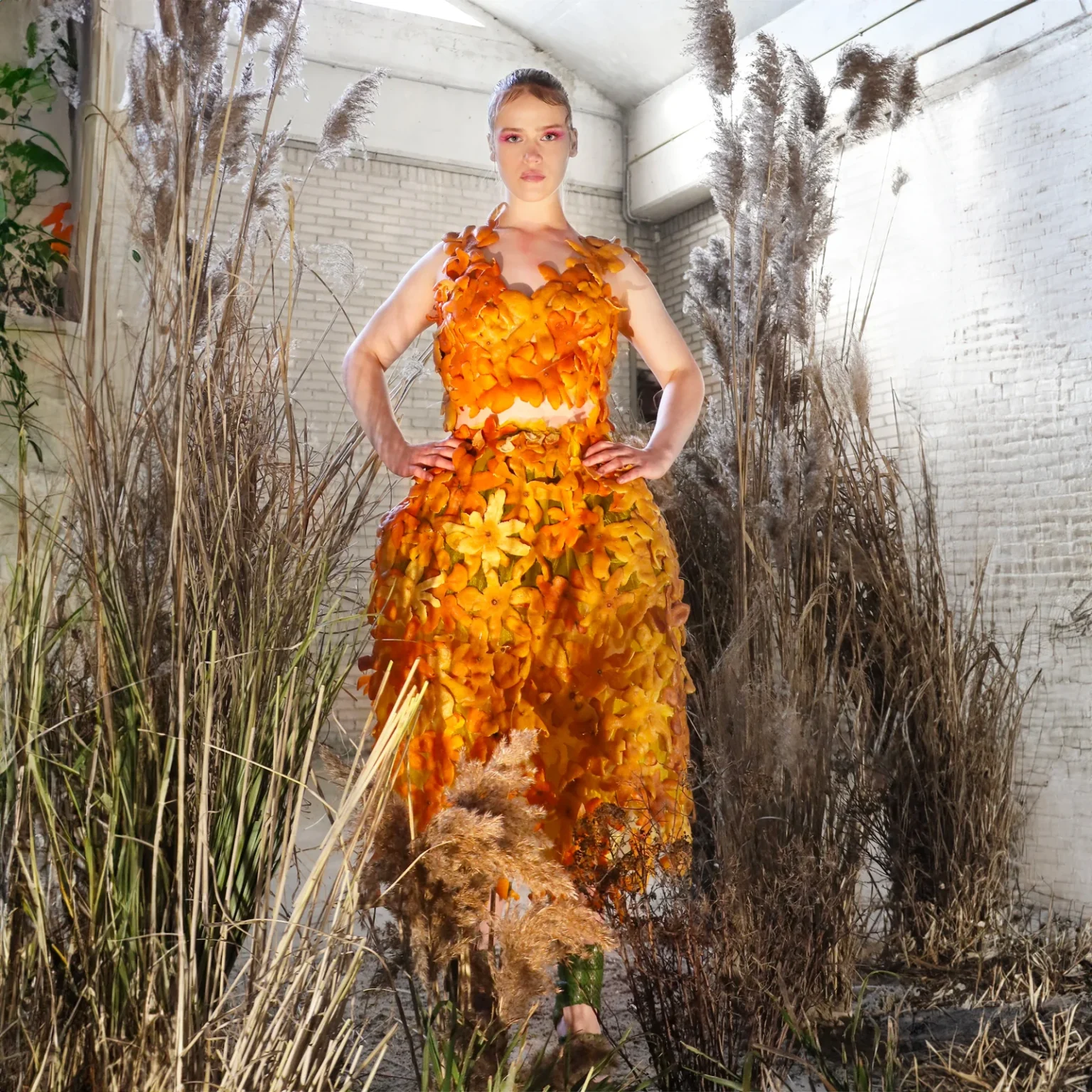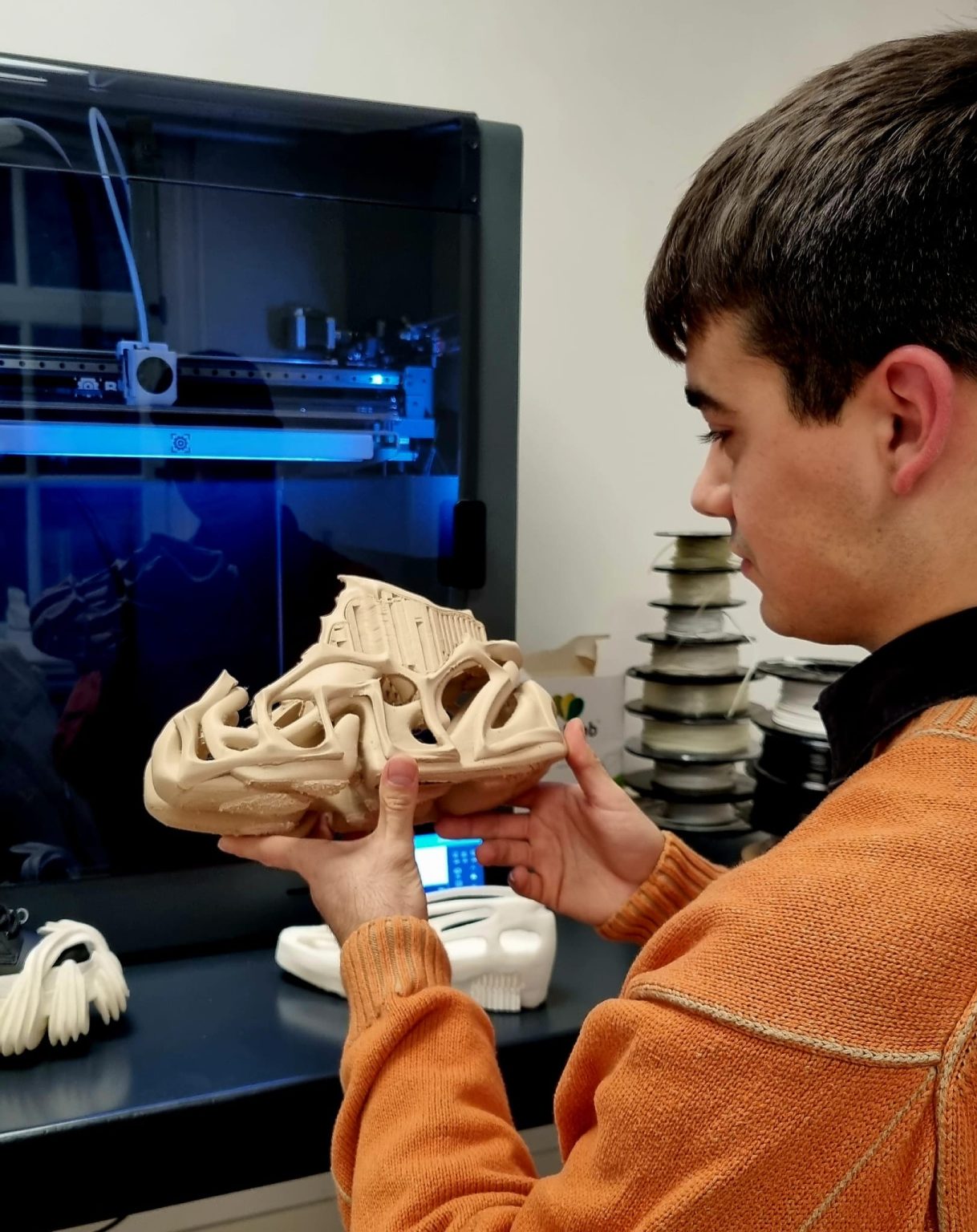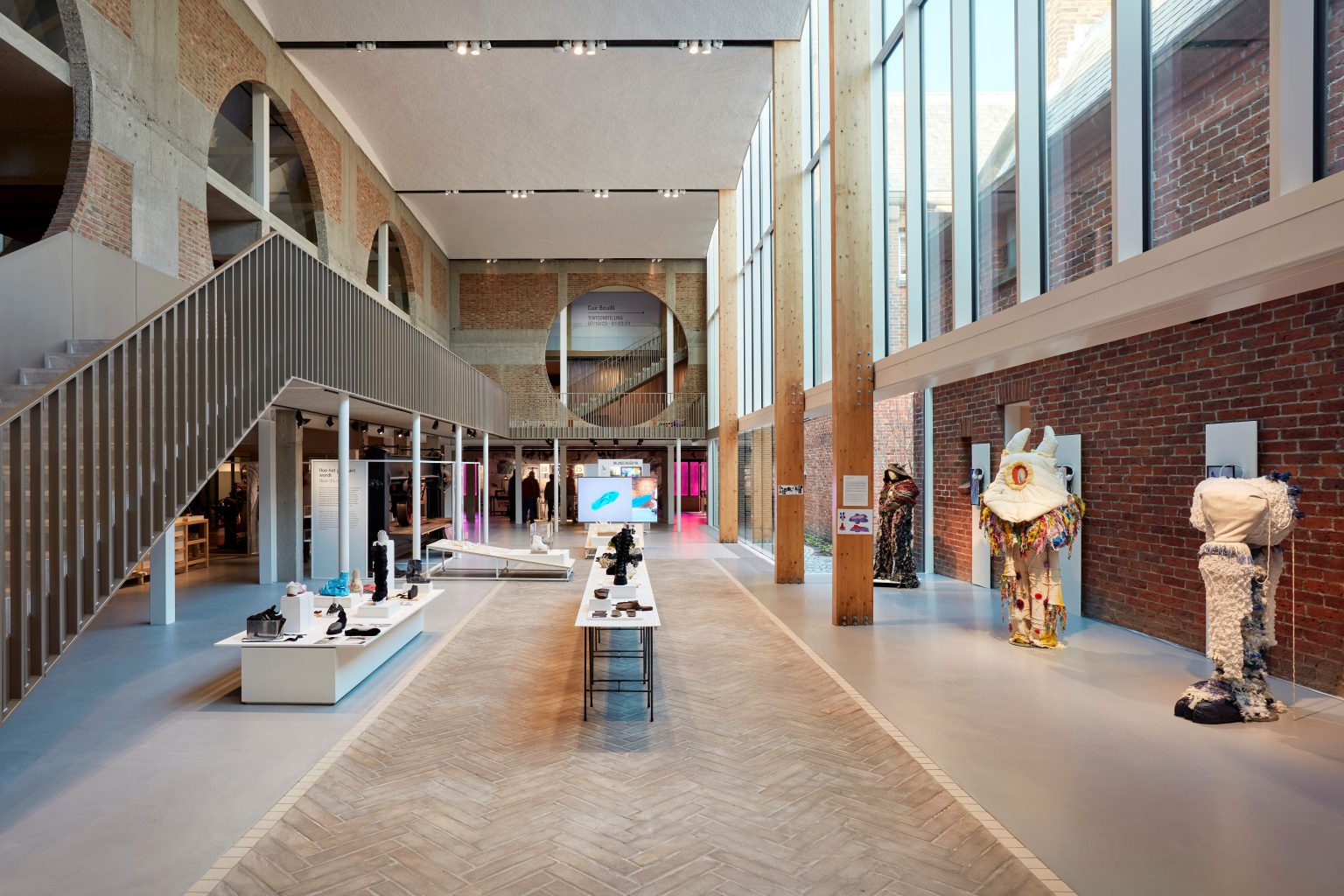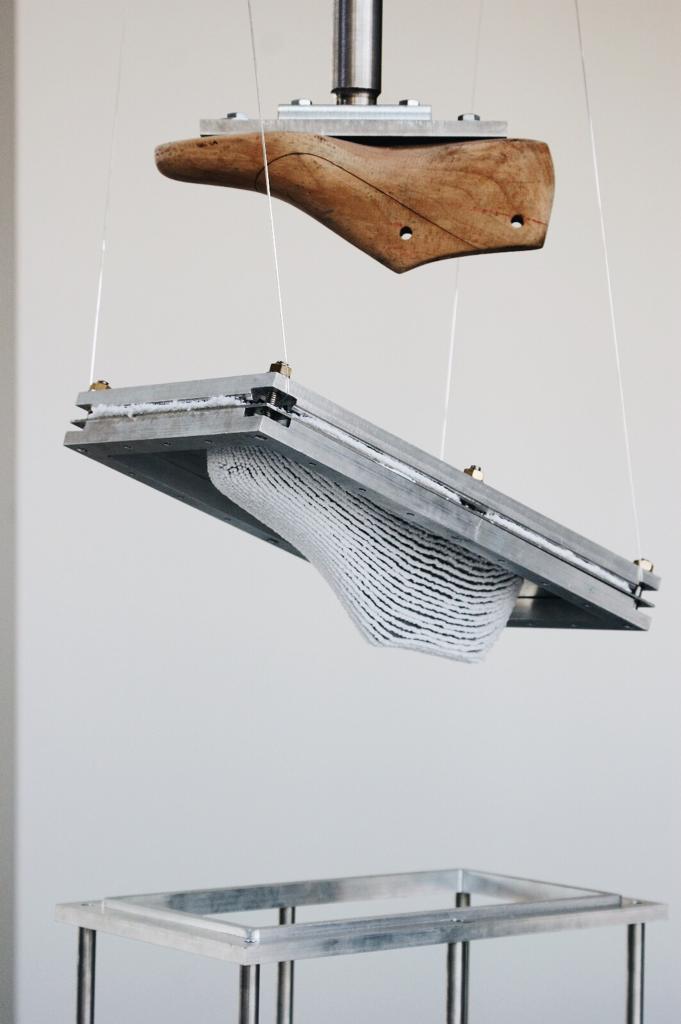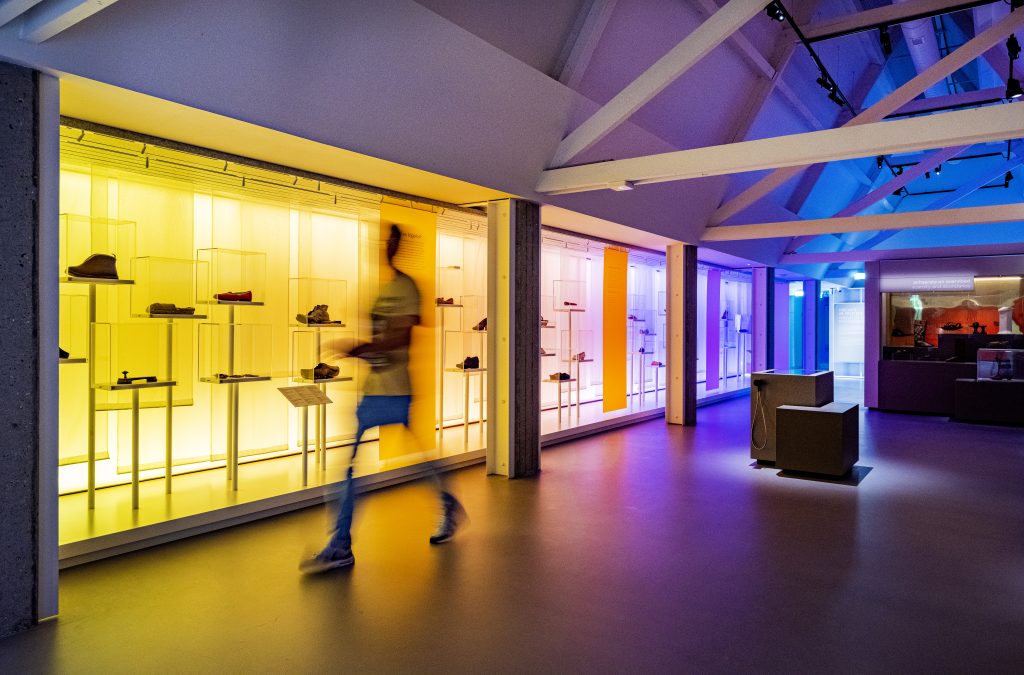The Old Norman term cuir bouilli, literally translatable as cooked leather, remains a mystery. It refers to a technique in which the normally flexible leather is transformed into a rigid and waterproof material. There is no trace of the original recipe, although three ingredients are certain: vegetable-tanned leather, water and heating. The result is a tremendously strong material originally used for protective functions. In a journey through time, this exhibition will try to unravel the mystery of cuir bouilli. Starting with the origins of this technique to then end in the present time where the technique has been given a second life in design and fashion. The exhibition will lead you from medieval armor, through Dutch Design to wet-formed leather creations in haute couture. It's time to get acquainted with the magic of cuir bouilli.
AMBACHT
Contrary to what the name cuir bouilli suggests, leather is never boiled. At the boiling point of water, leather loses its strength, shrinks and becomes brittle. But then how is that strong, waterproof material made? The combination of water and high temperatures causes a chemical reaction in the leather that permanently changes its molecular structure. The resulting hard material is ideally suited for objects with a protective function. Thus, they can protect the body of both humans and horses, as well as special objects or liquids. A variant of cuir bouilli is wet-formed leather, where the main difference is that the molecular structure of the leather remains unchanged. For example, the traditional footwear of the Balkans, the opank, falls into this category. Until the mid-twentieth century, cuir bou illi is used for various purposes, after this they are replaced by plastics.
DESIGN
Although the practical application of cuir bouilli has all but disappeared, it has gained new life in the world of design. The material lends itself perfectly to form experiments. It is notable that this has also seen a change in the appreciation of leather. Whereas it used to have a variety of uses, almost making it the forerunner of plastic, today leather is pre-eminently a luxury product. Designers also play with this tension. Finally, artisans are working to preserve local historical traditions.
MODE
In recent years, you can't avoid wet-formed leather on the international catwalks either. From Alexander McQueen to Schiaparelli, from Balmain to Marina Hoermanseder; they all send creations of wet-formed leather down the catwalk. On the silver screen and on television, wet-formed leather also has a nice role to play. Especially in superhero movies and fantasy series, the material does well. The best-known example of this is the movie Wonder Woman (2017), which features as many as 160 Amazons all dressed in wet-formed leather armor.





